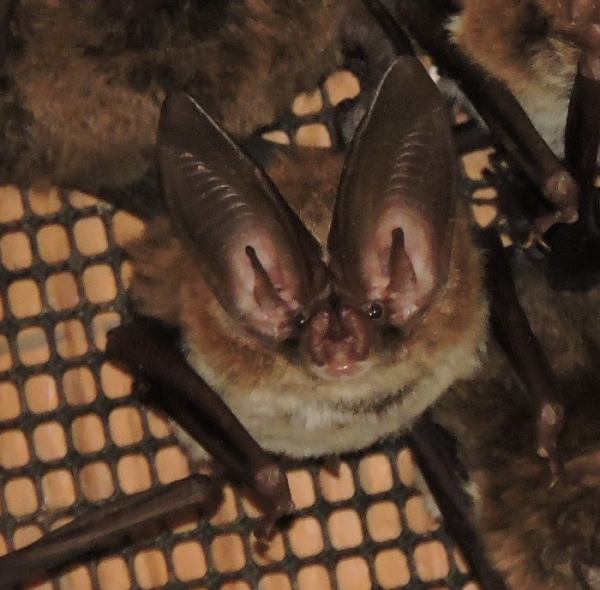Virtual Owl Workshop Friday-Saturday
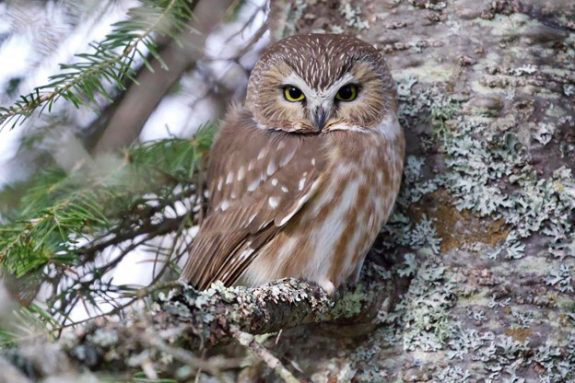 Northern Saw-whet Owls are among the stars of the show during this week’s Virtual Owl Workshop.
|
All About Owls is a two-day virtual workshop available via Zoom this Friday and Saturday, February 19 & 20. Offered by a leading owl banding and research center, the Hawk Ridge Bird Observatory in Duluth, Minnesota, participants will explore the 19 species of owls found in the United States as masters of camouflage with amazing physical adaptations and lifestyles that make them top of the line predators from the smallest to the largest species. Learn how some owls are migrants, some are residents, and explore general identification keys, including plumage and calls. Plus the workshop will highlight some of the long-term and current research efforts studying owls that are underway at Hawk Ridge.
The Zoom workshop will take place Friday February 19th from 6:30 to 8:30pm, and Saturday February 20th from 9:30 to 11:30am and from 1:00 to 3:00pm. Sessions will be interactive and include stretch breaks, and time for discussions. To learn more about the All About Owls Virtual Workshop, see https://www.hawkridge.org/event/all-about-owls-two-day-virtual-workshop-with-optional-add-on-field-trip/?instance_id=3399

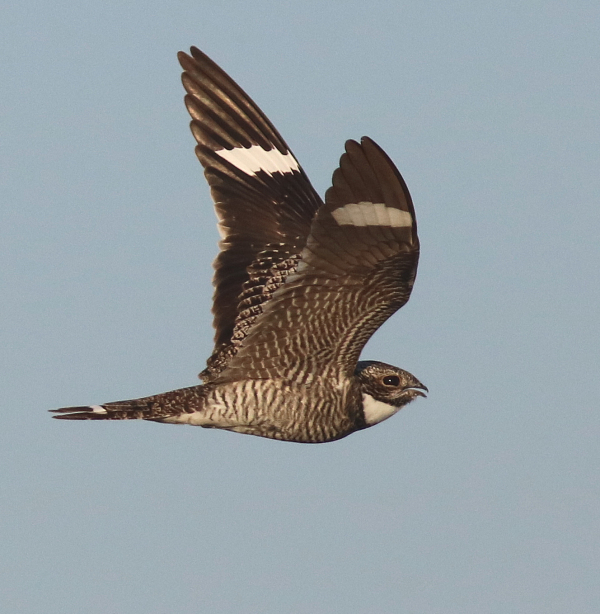
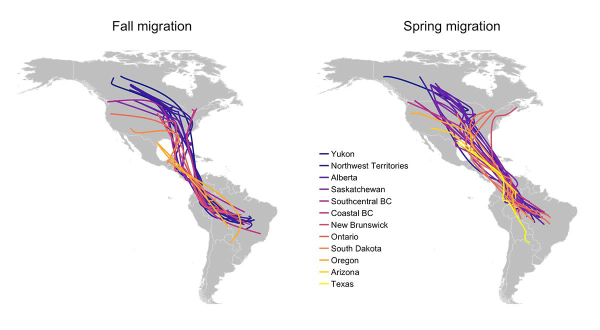
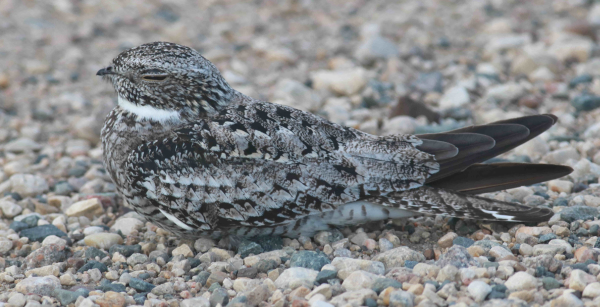
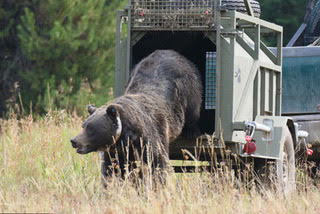
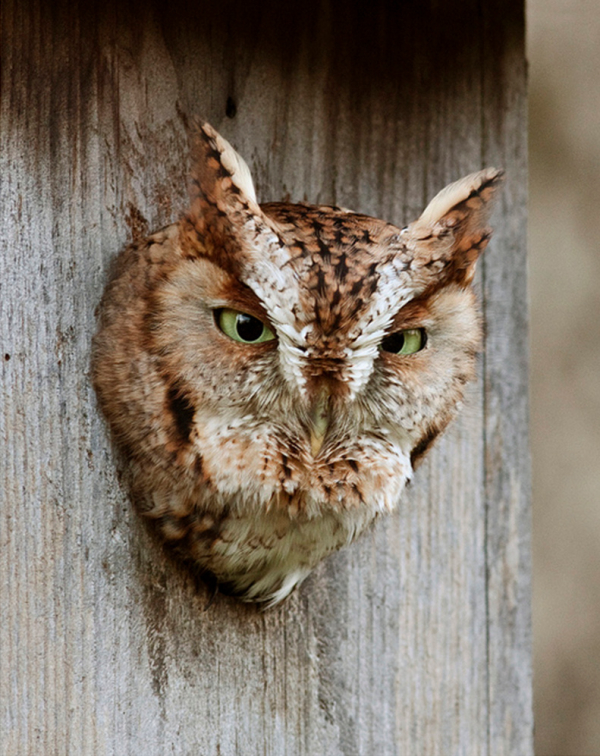
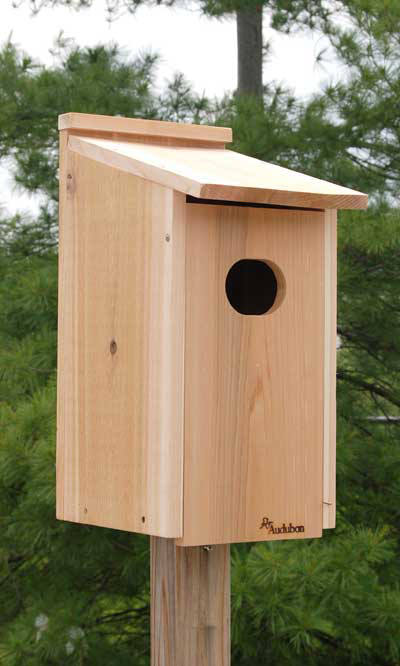
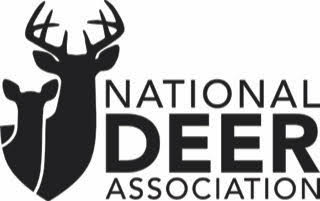

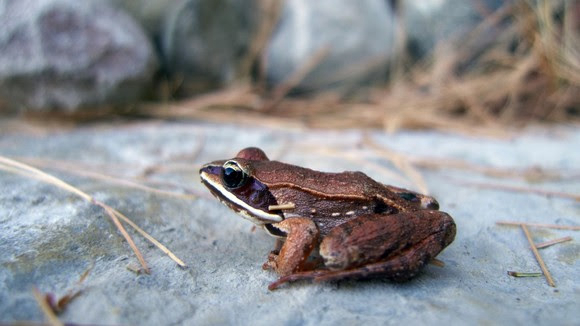
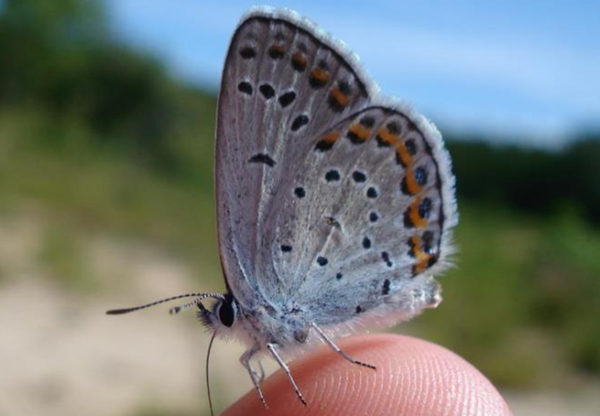
 For Karner blue butterfly populations to thrive, the area must be periodically burned with fire or mowed to remove any large woody species that may cast shade on the lupine. To protect the lupine and over-wintering egg clutches, mowing can only occur when at least 4 inches of snow has accumulated. This winter habitat management activity will produce flourishing native wildflowers and fluttering insects this spring and summer.
For Karner blue butterfly populations to thrive, the area must be periodically burned with fire or mowed to remove any large woody species that may cast shade on the lupine. To protect the lupine and over-wintering egg clutches, mowing can only occur when at least 4 inches of snow has accumulated. This winter habitat management activity will produce flourishing native wildflowers and fluttering insects this spring and summer.